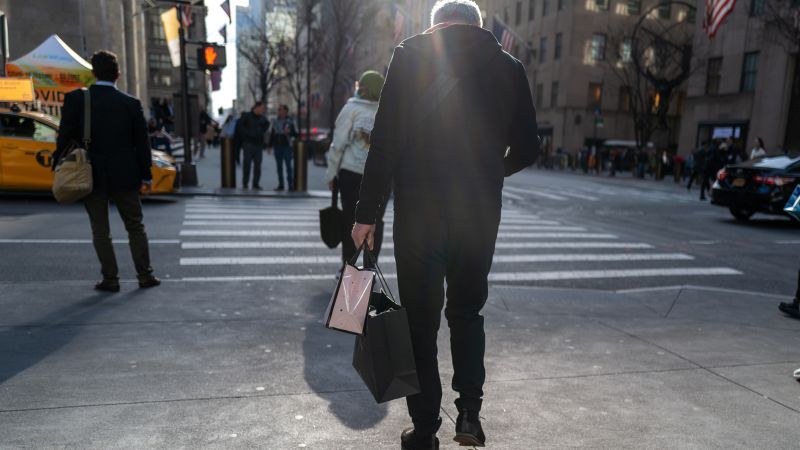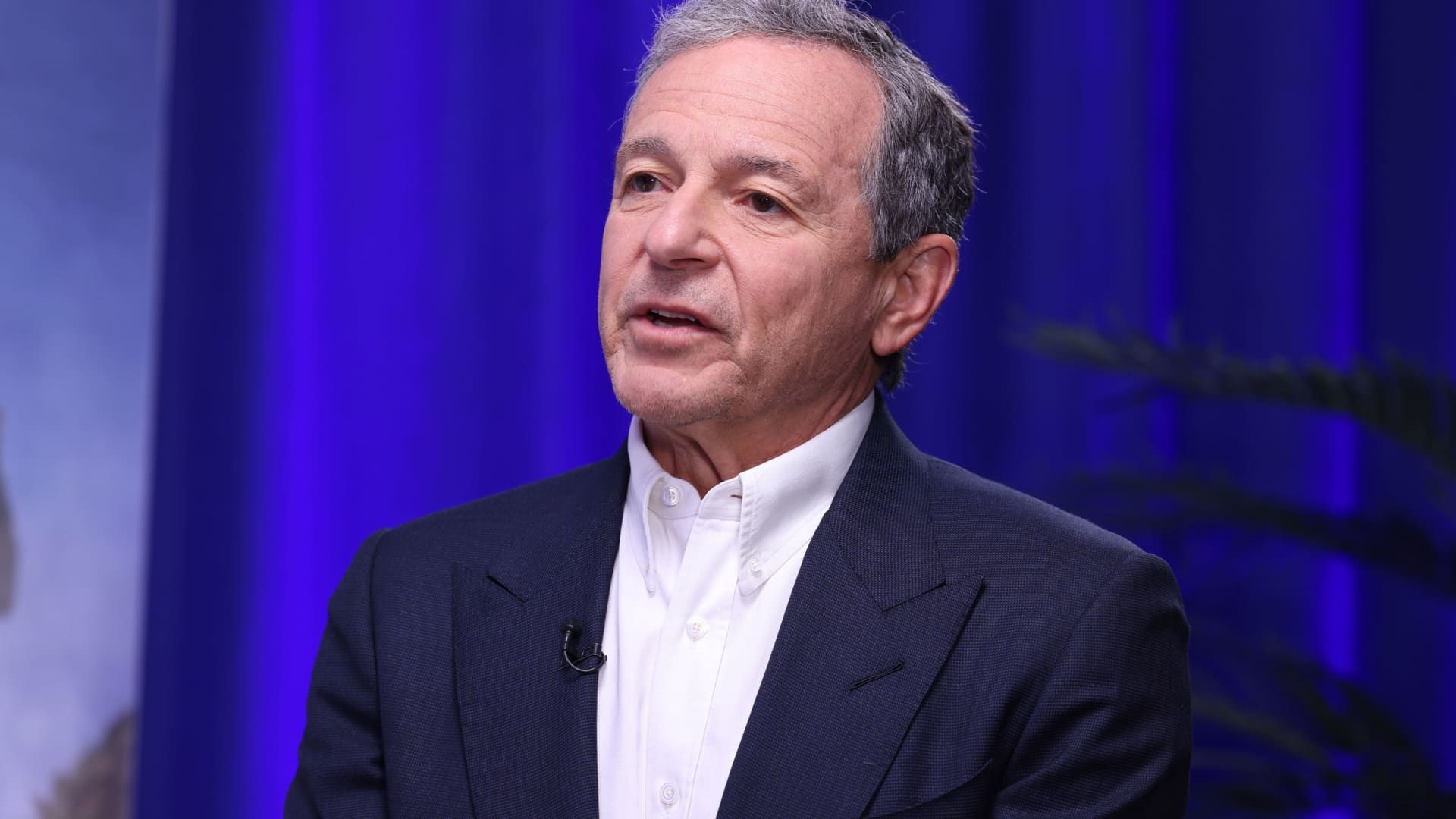Consumer spending: Gen Z, Millennials are scrimping. Boomers are living it up
New York CNN Business —
Baby Boomers are living it up, splurging on cruises and restaurants. Younger Americans are struggling just to keep up.
Bank of America internal data shows a “significant gap” in spending has opened recently between older and younger generations.
While Baby Boomers and even Traditionalists (born 1928-1945) are ramping up spending, Gen X, Gen Z and Millennials are cutting back as they grapple with high housing costs and looming student debt payments.
“It’s fairly unusual,” David Tinsley, senior economist at the Bank of America Institute, told CNN in a phone interview.
Overall, household spending dipped 0.2% year-over-year in May, according to the bank’s card data — but the generational breakdown showed a more varied picture.
Spending increased by 5.3% for Traditionalists and 2.2% for Baby Boomers. In contrast, spending fell by about 1.5% for younger generations.
If not for the aggressive spending by Boomers, Tinsley said, overall consumer spending would have been even more negative.
Social Security payments get a big boost
So, what is going on?
Older Americans are ramping up spending as they benefit from a spike in Social Security payments.
Starting in January, Social Security recipients received an 8.7% cost-of-living adjustment, the biggest increase since 1981. That increase — caused directly by high inflation — is boosting the average retirees’ monthly payments by an estimated $146.
Bank of America spending data shows a noticeable bump in spending by households that received the cost-of-living boost.
However, the bank noticed the spending surge by older Americans is happening among high-income households too. And those consumers are less likely to be impacted by the spike in Social Security payments.
“That can’t be the whole story,” Tinsley said of the cost-of-living adjustments.
To explain the drop in spending by younger Americans, Bank of America pointed to high housing costs. In recent years, rental rates spiked, home prices soared and mortgage rates surged.
Younger Americans are also much more likely to move than older ones.
“The people who do move are really facing quite significant cost increases,” said Tinsley.
Bank of America has noted that older consumers are spending on travel, including hotels, airfare and cruises, now that the Covid emergency is over.
Due to Covid fears, older generations held back on travel during the pandemic, but now they are “splurging,” Tinsley said.
The dreaded return of student debt payments
Beyond the high cost of living, Bank of America said many younger Americans are also likely bracing for the return of a significant monthly expense: student debt.
The bipartisan debt ceiling deal included a provision that specifically prevented the Biden administration from extending the pause on federal student loan payments.
The student debt freeze, in effect since March 2020 when the Covid pandemic erupted, is expected to conclude by the end of August.
That is particularly painful to younger consumers. Americans are sitting on $1.6 trillion of student debt, according to the New York Federal Reserve, and the vast majority of that student debt is held by those under the age of 49.
For millions of Gen Z and Millennials, the return of student debt payments will mean less money for spending on restaurants and vacations.
Some consumers may be starting to pull back on spending ahead of that change, Tinsley said: “It’s coming down the tracks pretty fast now.”
Source: CNN


